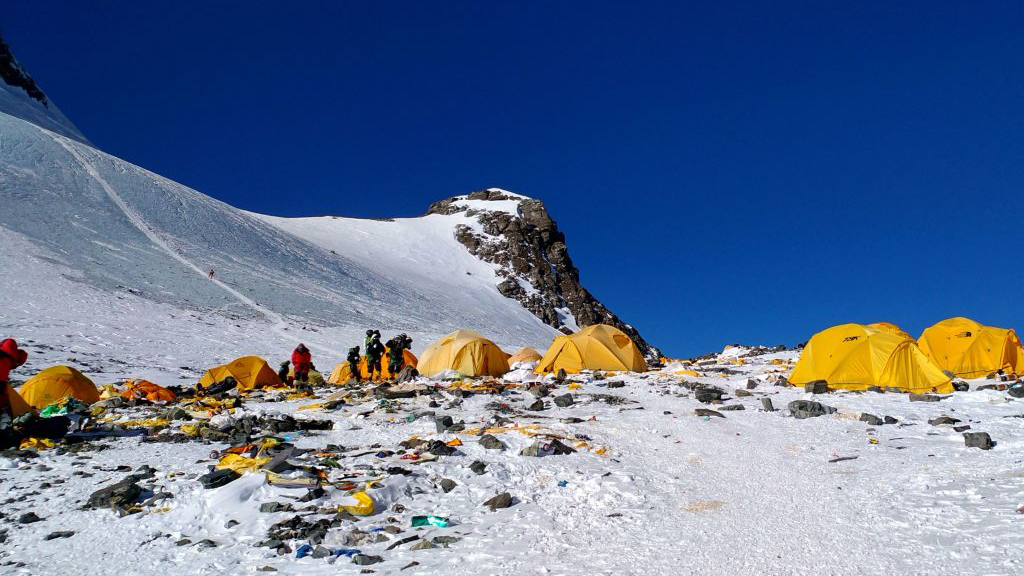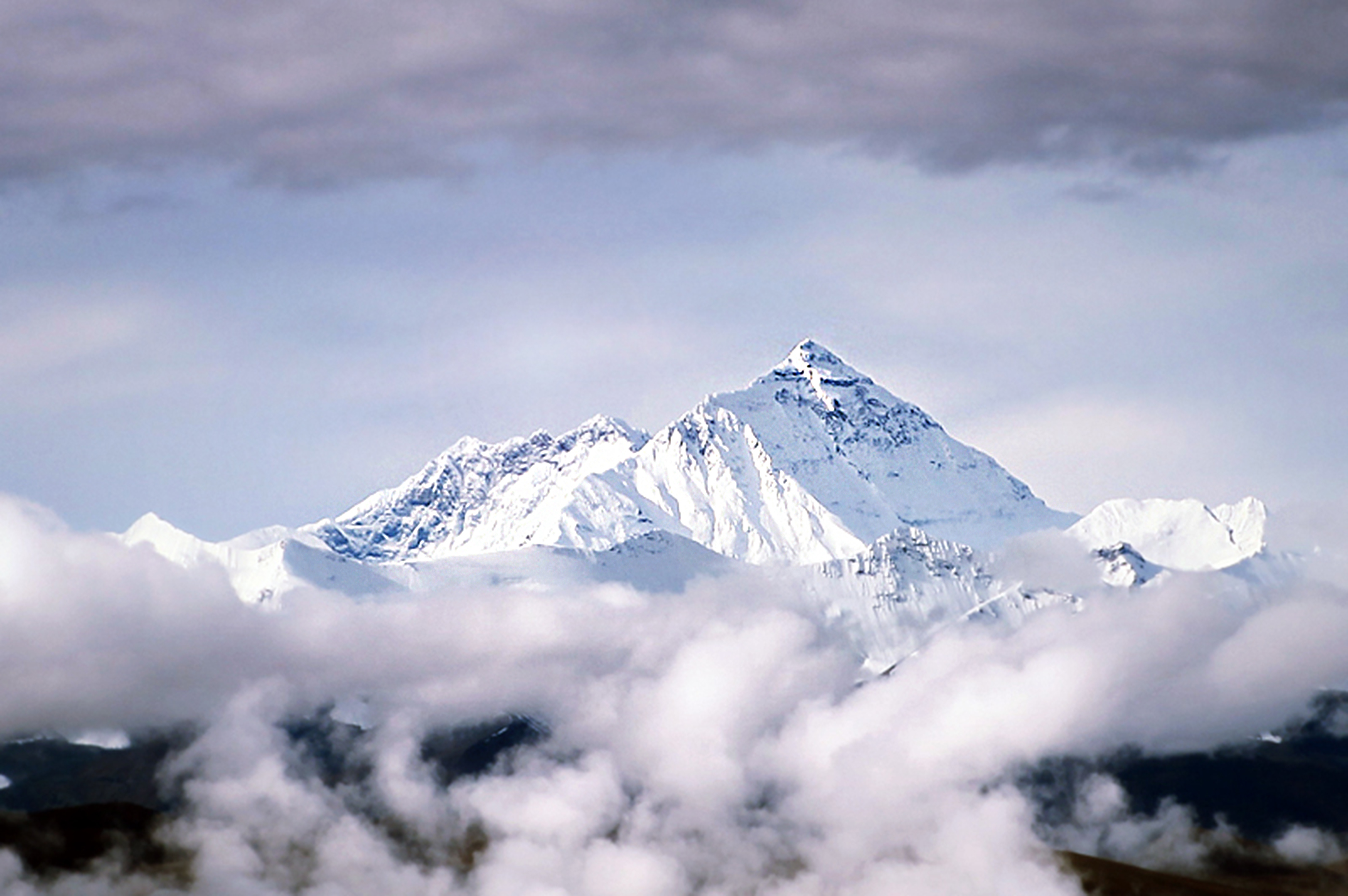More restrictions on the way for Everest hopefuls after Nepal promises to protect the Himalayas from climate change and overcrowding
Climbers could face new regulatory hurdles as the world's tallest mountain faces the devastating effects of overcrowding and climate change

Climbers hoping to scale Mount Everest could soon face even more rules and regulations after Nepal's government vowed to keep the Himalayas clean and safe from the dangers of overcrowding and climate change.
Speaking to more than 100 climbers at the Everest Summiteers Summit, Tourism Minister Badri Prasad Pandey said Nepal had a duty to protect the Himalayas.
“The government is strongly committed to support mountaineering in every possible way by keeping climbers safe, by protecting the natural beauty of our peaks and by helping local communities grow alongside the spirit of adventure,” said Pandey.
Summit attendees had complained about a growing number of climbers on the world's tallest mountain and the mess they leave behind.
Overcrowding has become a major issue on Everest, as most climbs are attempted in a short window from March to May. Queues to the summit, abundant litter, and abandoned human waste have all mired the Himalayan peak in recent years.
One sherpa told the BBC: "Our mountains have begun to stink. We are getting complaints that human stools are visible on rocks and some climbers are falling sick."
Everest's highest camp is estimated to house around 88,000lb (39,916kg) to 110,000lb (49,895kg) of garbage. Due to the extreme conditions and weight limitations, climbers often abandon tents, gas cannisters, and other items just under 3,000ft (915m), beneath the summit at the South Sol camp.
All the latest inspiration, tips and guides to help you plan your next Advnture!

Nepal's government has already taken several steps to combat these issues.
In January, it announced a 36% increase in climbing fees for foreign climbers on the mountain, raising the overseas royalty fee to $15,000 (£11,204) rather than the previous total of $11,000 (£8,217).
In a bid to discourage inexperienced climbers, legislation announced in April, which is currently making its way through Nepal's parliament, would also restrict permits to climbers who have already scaled at least one of Nepal's 7,000m (22,965ft) peaks. Medical check-ups from a government-approved hospital or medical facility would also be mandatory.
“These mountains are sacred, and it is our duty to protect them for the generations yet to come," continued Pandey.
The minister also promised to tackle the devastating effects of climate change in the Himalayas.
Earlier at the summit, he said: "Today, climate change and global warming are putting this future at risk. That is why we must act with care, with wisdom and with a deep sense of respect."
The Himalayan region has experienced a dramatic drop in snowfall in recent years. This year alone, snow persistence (the time snow stays on the ground) in the Himalayas has reached a 23-year low.
The dangers were apparent to lawmakers and experts in a recent fly-by, where they witnessed a drastic reduction in snow coverage on Everest and other Himalayan peaks.
"In the past, wherever you looked, you would see snow-covered mountains. But now, black rocky hills have started to appear. The mountains that once looked completely white now appear as black peaks," Nepal's Minister for Forests and Environment, Ain Bahadur Shahi Thakuri, told the Asia News Network.
Our senior staff writer Julia Clarke has been trekking to Everest base camp over the last week and arrived there today. You can follow her exploits here, along with all our summit season coverage, or on the Advnture Instagram account.

Will Symons developed his love of the outdoors as a student, exploring every inch of Sussex’s South Downs national park and swimming off the Brighton seafront. Now a staff writer for Advnture, Will previously worked as a freelance journalist and writer, covering everything from cricket to ancient history. Like most Advnture staff, Will’s free time is rarely spent indoors, he can often be found hiking, open water swimming or playing cricket.
